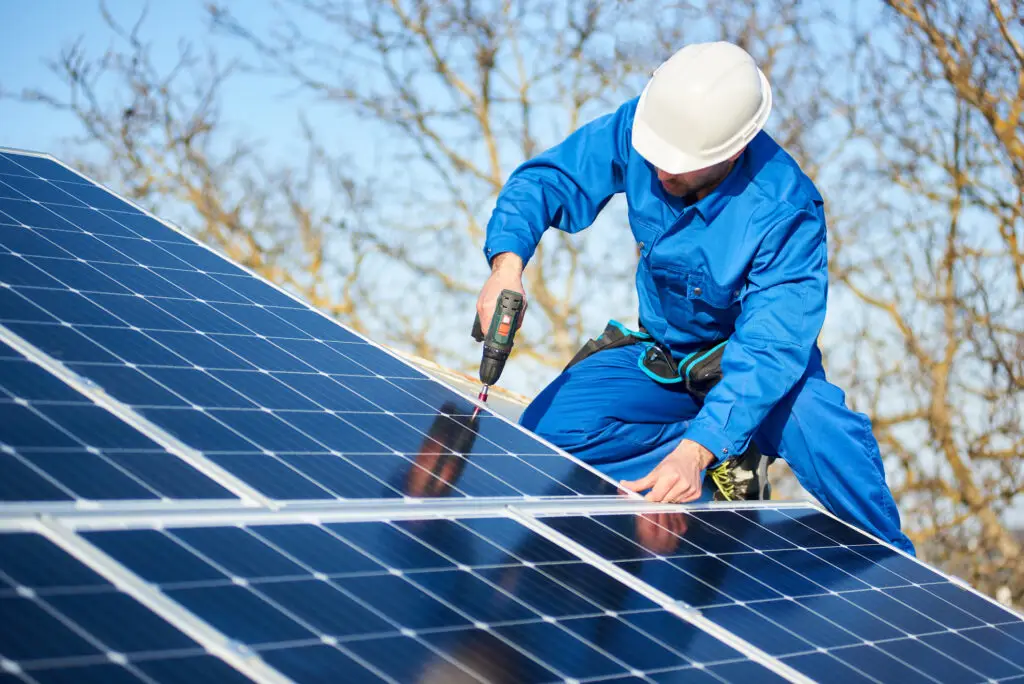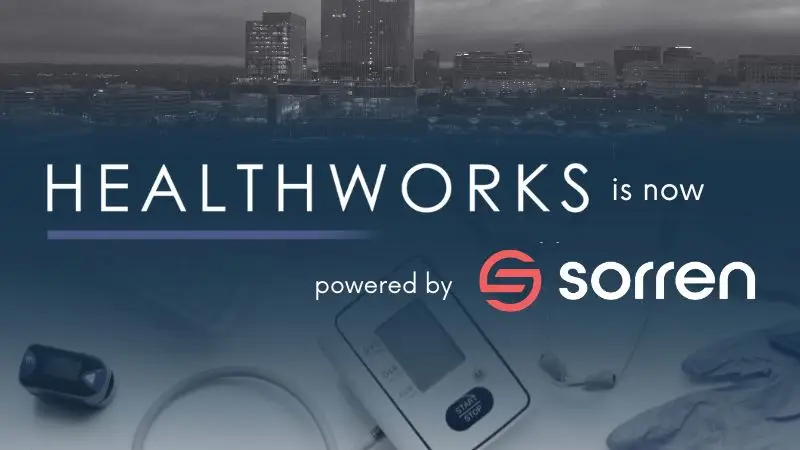Federal tax credits have helped make electric vehicles, solar panels, and energy upgrades more affordable and popular. Now, new legislation means many of these incentives will soon expire, so understanding the upcoming deadlines is crucial.
At Sorren, our goal is to make tax policy clear and help you navigate these changes with confidence. Here’s what to know about the phase-outs and how to take action before the credits end.
We’re Here to Help
The One Big Beautiful Bill Act brings major changes that call for active, strategic planning. At Sorren, we do more than explain the law—we help you build a plan that works for your business, investments, or personal finances. No matter your role, our team is here to guide you and develop a strategy tailored to your goals.
Which Credits Are Ending and When?
The phase-outs will happen in stages. Here is a breakdown of the key deadlines you need to be aware of.
Residential and Commercial Energy Credits
Homeowners and businesses have also benefited from credits for making properties more energy-efficient. These incentives for upgrades like new windows, insulation, solar panels, and heat pumps are also on the chopping block.
- Credits Affected: Energy Efficient Home Improvement Credit (25C), Residential Clean Energy Credit (25D), and the Energy-Efficient Commercial Buildings Deduction (179D).
- End Date: These credits and deductions are set to expire by the end of 2026.
Homeowners considering solar installation or energy-saving renovations will want to complete these projects before the deadline to claim the credits on their taxes. Likewise, commercial property owners planning efficiency upgrades should act soon.
Hydrogen and Sustainable Fuel Credits
The changes also extend to emerging energy sectors, including hydrogen and alternative fuels that are critical for decarbonizing industries like aviation and heavy transport.
- Credits Affected: Various credits supporting clean hydrogen and sustainable aviation fuels.
- End Date: These incentives will end by 2028.
This shift primarily impacts energy developers and industries reliant on these advanced fuels. The end of these credits could influence investment and production timelines for next-generation energy projects.
Wind and Solar Production Credits
Large-scale renewable energy projects have long been supported by investment and production tax credits. The structure for these incentives is also changing.
- Credits Affected: Investment Tax Credit (Section 48E) and Production Tax Credit (Section 45Y) for new wind and solar facilities.
- End Date: These credits will sunset for new projects beginning construction after 2027.
This deadline is most relevant to energy developers and investors in the utility-scale renewable energy space.
Who Is Affected and What Should They Do?
Different groups will feel the impact of these changes in different ways.
For Homeowners: The opportunity to get a tax break for home energy improvements is limited. From new heat pumps to rooftop solar, completing these projects before the 2026 deadline can lead to significant savings.
For Small and Medium Businesses: Companies that use commercial vehicles or own their buildings should review their plans. Upgrading a fleet to EVs or making energy-efficient building upgrades could be more affordable if done before the credits expire.
For Energy Developers: The sunsetting of credits for large-scale projects means developers will need to secure financing and begin construction on new wind and solar farms before the end of 2027 to qualify.
What to Do Now: Your Action Plan
With these deadlines approaching, proactive planning is key. Here are practical steps you can take to navigate the changes.
- Create a Timeline: Identify which credits apply to you and mark the deadlines on your calendar. Work backward to determine when you need to start your project or make your purchase.
- Make a Checklist:
- For EV Buyers: Research eligible vehicles, check dealer inventory, and plan to finalize your purchase before September 30, 2025.
- For Homeowners: Get quotes for solar panels, windows, or insulation. Schedule the work to ensure it’s completed before the end of 2026.
- For Businesses: Evaluate your fleet and facilities. Plan any energy-related capital expenditures to fall within the eligibility window.
- Consult a Tax Advisor: Tax laws are complex. A professional can help you understand eligibility requirements and ensure you properly claim any credits you qualify for before they disappear.
- Consider Supply and Timing: As deadlines near, demand for EVs and installation services will likely surge. This could lead to longer wait times and limited inventory. Start the process early to avoid missing out.
- Look for Other Incentives: While federal credits are ending, don’t forget to check for other programs. Many states, local governments, and utility companies offer their own rebates and incentives for EVs and energy efficiency. These may continue even after the federal credits end.
The clean energy landscape is changing, but with foresight, you can still take advantage of the valuable credits available today.
At Sorren, we’re committed to making tax policy clear and actionable. As the Big Beautiful Bill Act reshapes the landscape, don’t navigate these changes alone.
Ready to Take the Next Step?
Whether you’re a business owner, investor, or individual, our experts are here to help you build a customized, forward-looking plan. Contact Sorren today to schedule a consultation—we’ll guide you through the new tax environment and help you turn change into opportunity.





